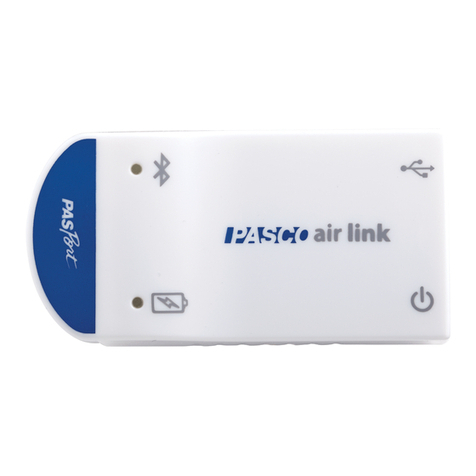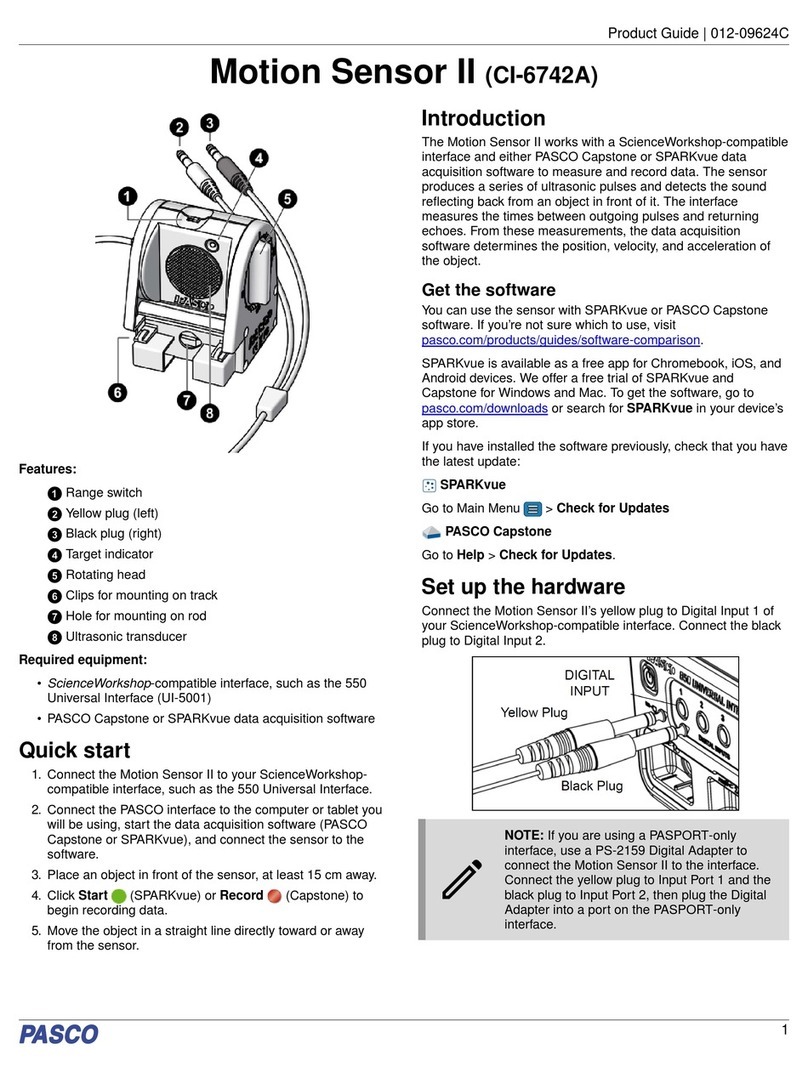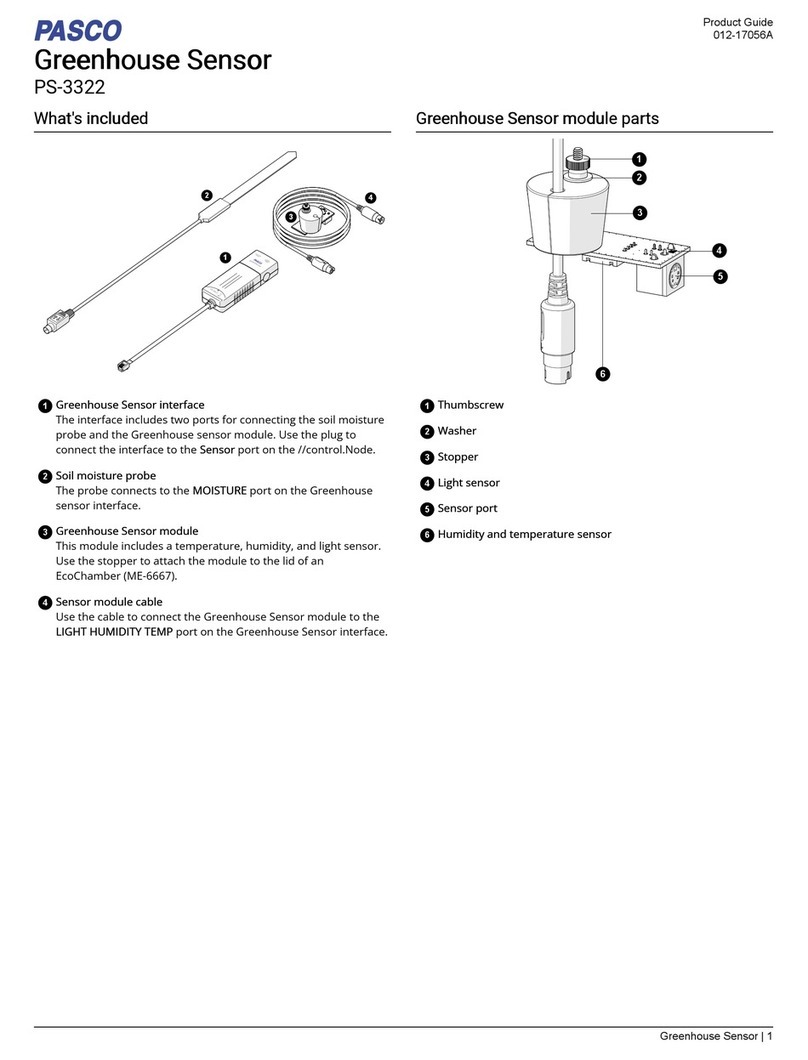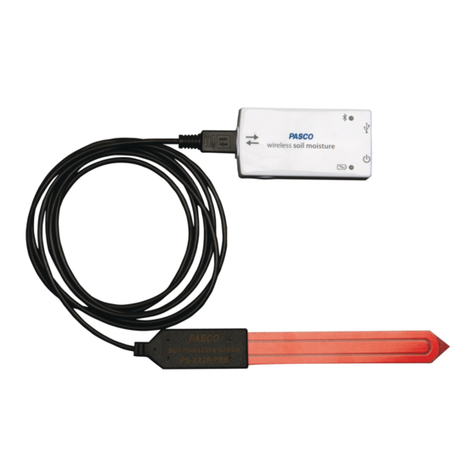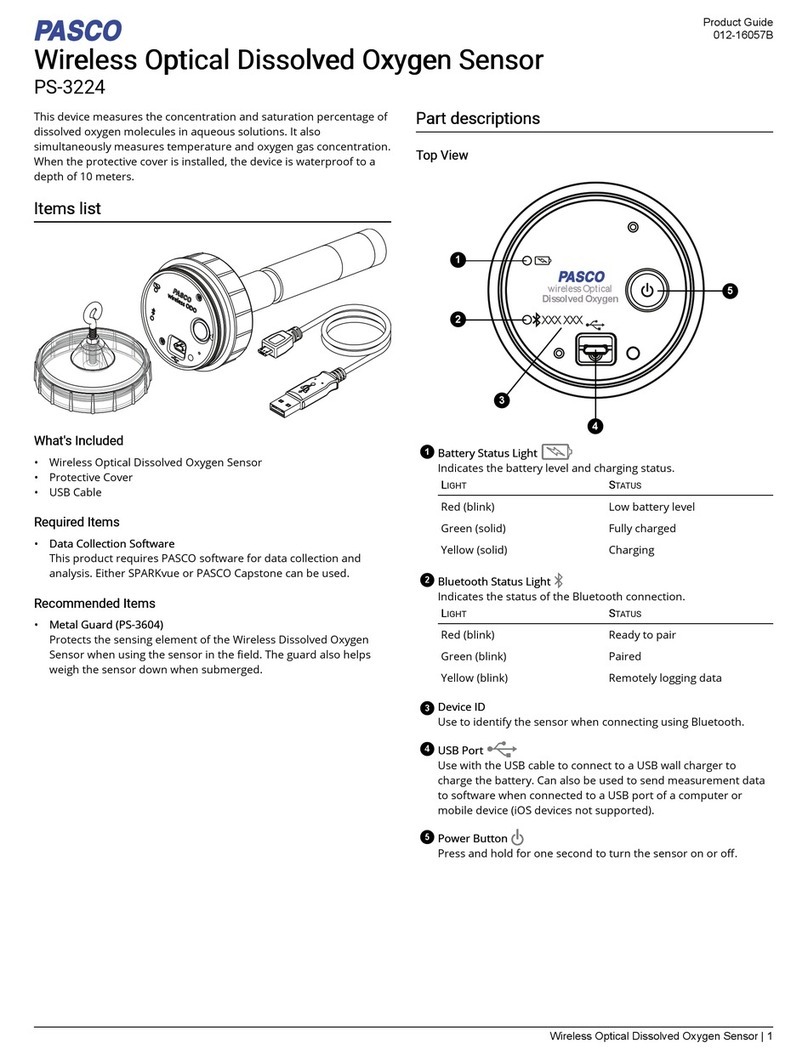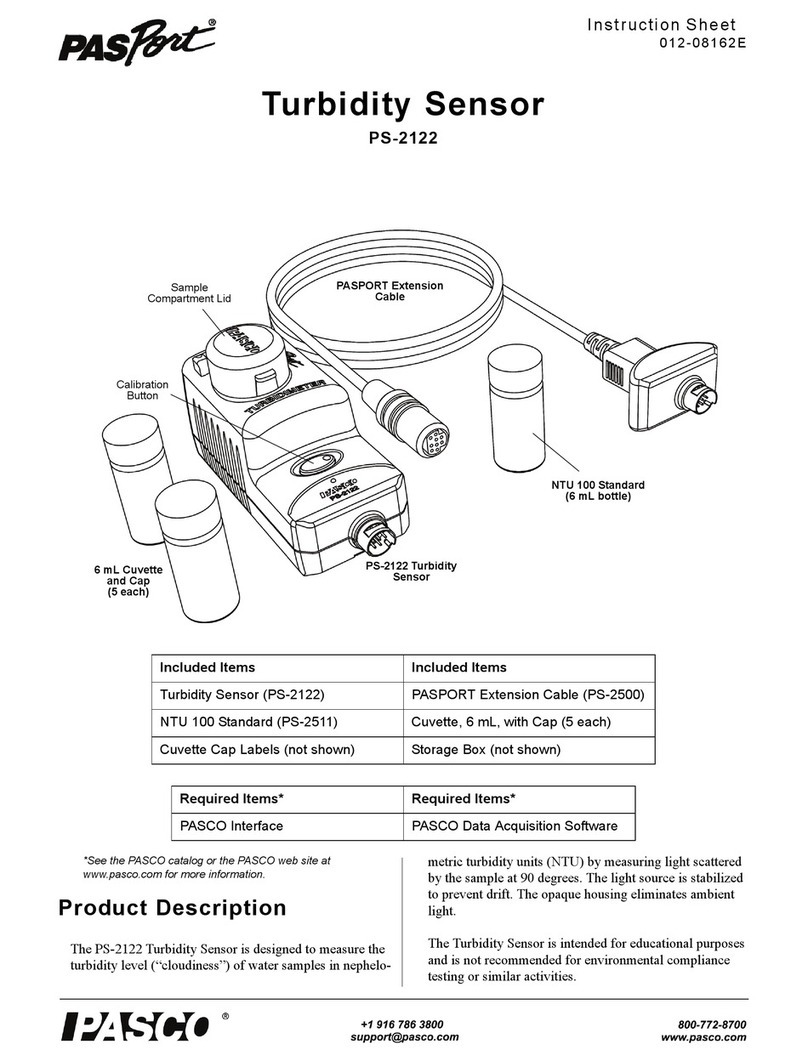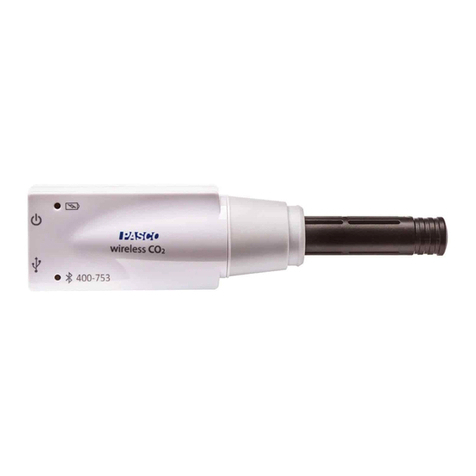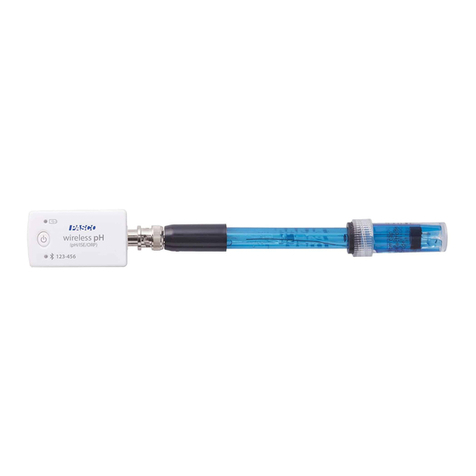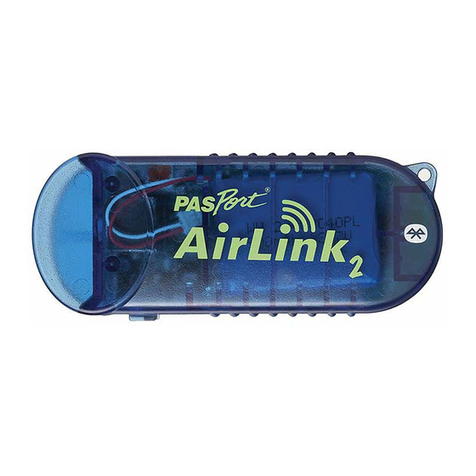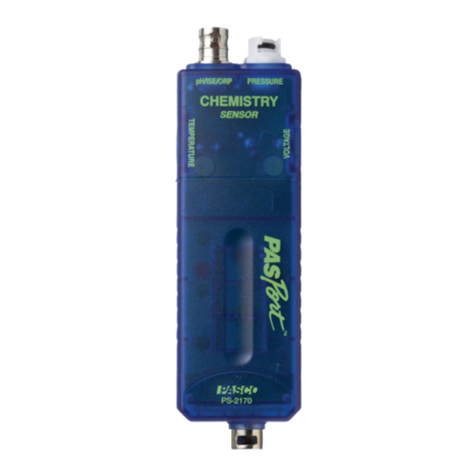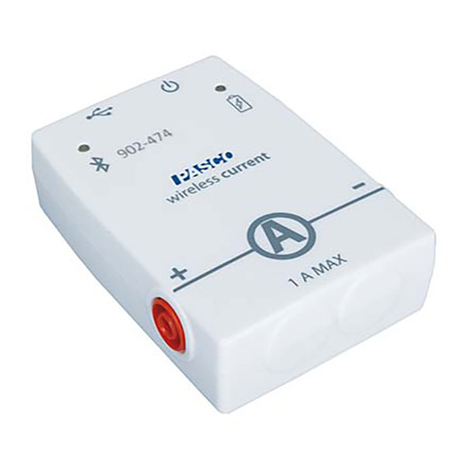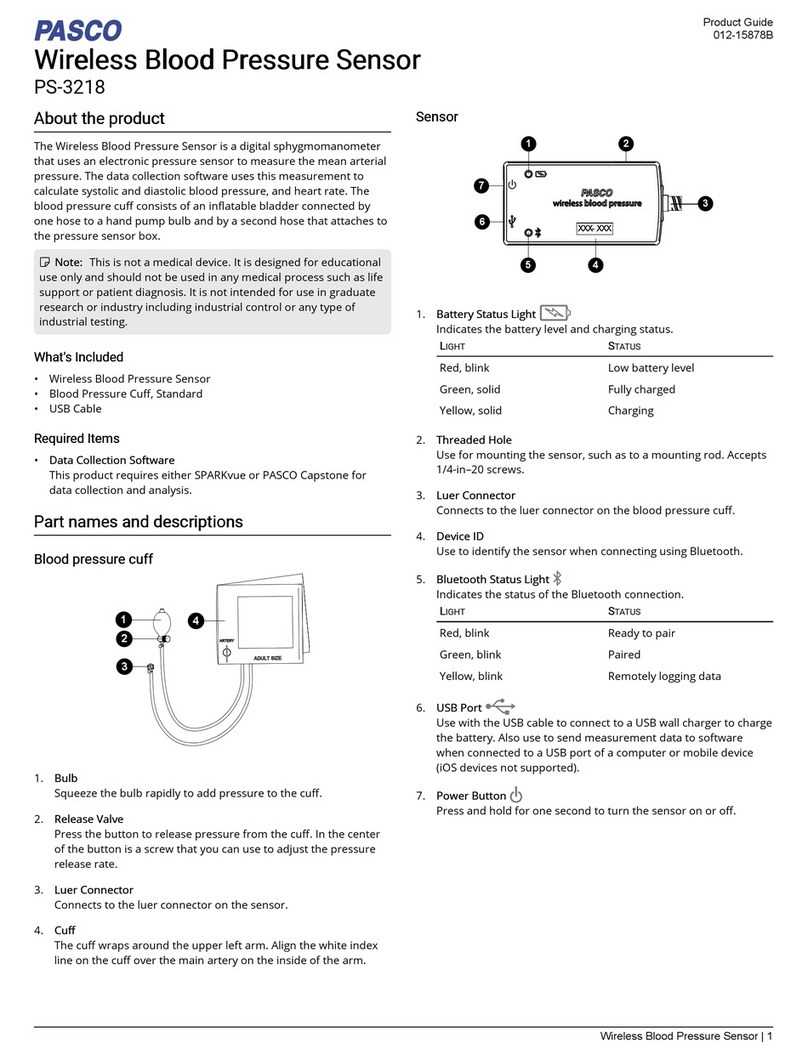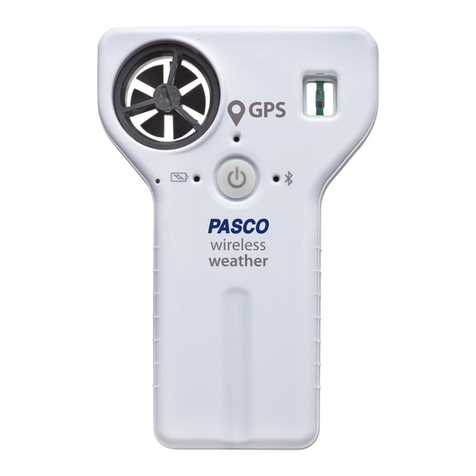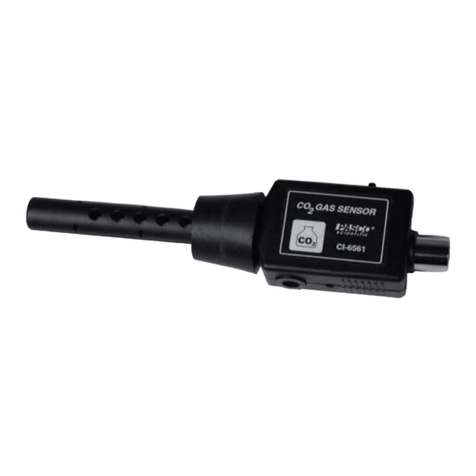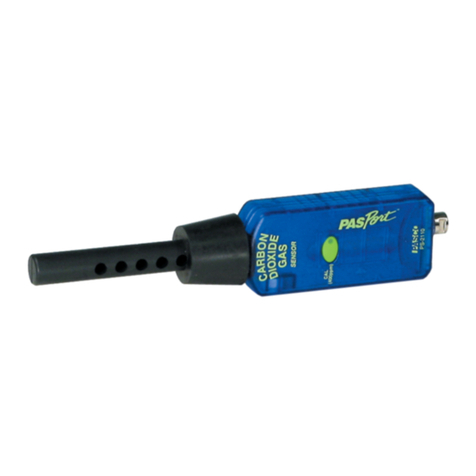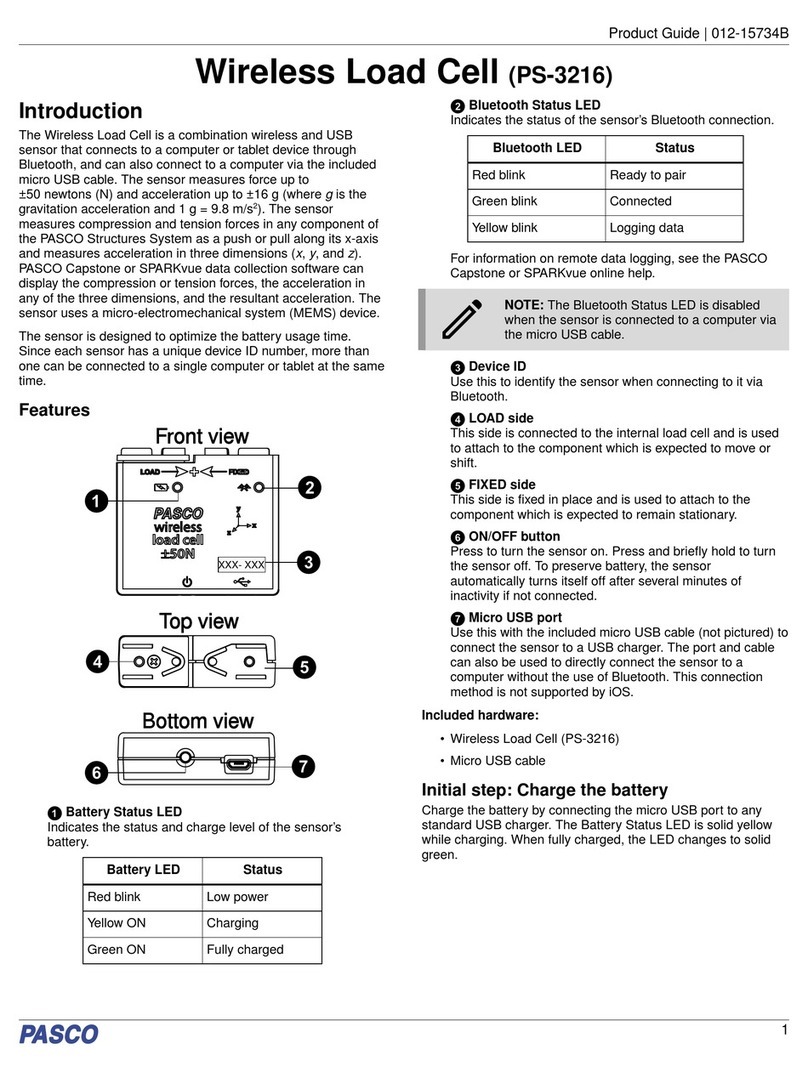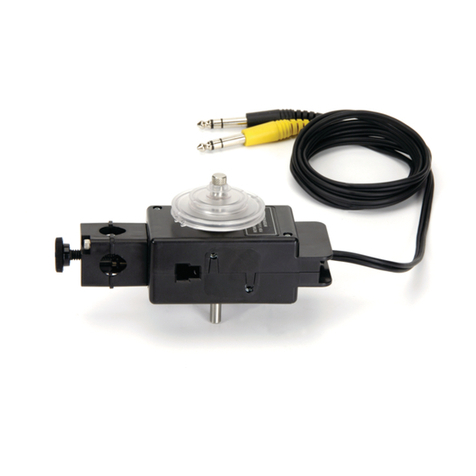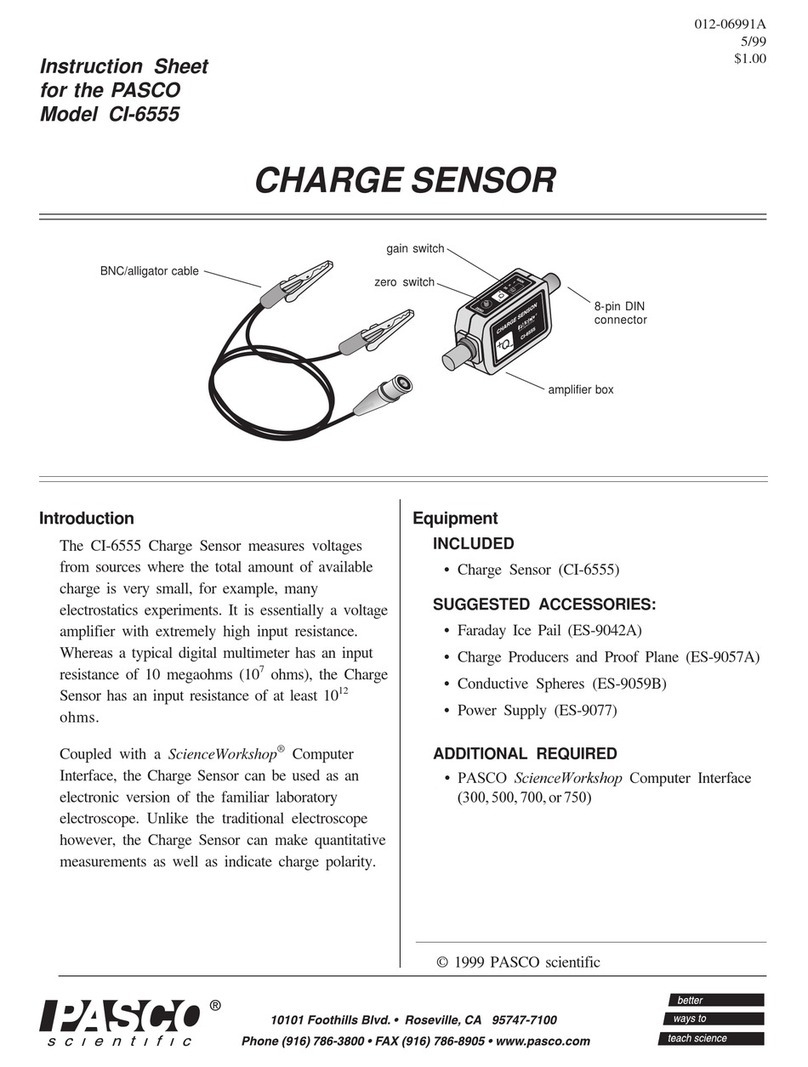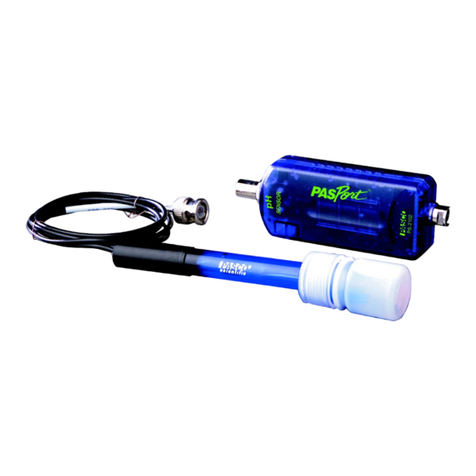
Exercise Heart Rate Sensor Technical Support
6
Technical Support
Before you call PASCO technical support, have the
apparatus and this user's guide available. Please note
the following:
• Software version;
• Product name and model number;
• Approximate age of the product;
• Detailed description of the problem/sequence of
events required to duplicate the problem.
For assistance with any PASCO product, contact PASCO
at:
Limited Warranty
PASCO scientific warrants the product to be free from defects in materials
and workmanship for a period of one year from the date of shipment to the
customer. PASCO will repair or replace, at its option, any part of the
product, which is deemed to be defective in material or workmanship. The
warranty does not cover damage to the product caused by abuse or
improper use. Determination of whether a product failure is the result of a
manufacturing defect or improper use by the customer shall be made
solely by PASCO scientific. Responsibility for the return of equipment for
warranty repair belongs to the customer. Equipment must be properly
packed to prevent damage and shipped postage or freight prepaid.
(Damaged caused by improper packing of the equipment for return
shipment will not be covered by the warranty.) Shipping costs for returning
the equipment after repair will be paid by PASCO scientific.
Copyright
The PASCO scientific 012-12232B
Exercise Heart Rate Sensor
Instruction Manual
is copyrighted with all rights reserved. Permission is
granted to non-profit educational institutions for reproduction of any part of
this manual, providing the reproductions are used only in their laboratories
and classrooms, and are not sold for profit. Reproduction under any other
circumstances, without the written consent of PASCO scientific, is
prohibited.
Trademarks
PASCO and PASCO scientific are trademarks or registered trademarks of
PASCO scientific, in the United States and/or in other countries. All other
brands, products, or service names are or may be trademarks or service
marks of, and are used to identify, products or services of, their respective
owners. For more information visit www.pasco.com/legal.
Product End of Life Disposal Instructions:
This electronic product is subject to disposal and recycling regulations that
vary by country and region. It is your responsibility to recycle your
electronic equipment per your local environmental laws and regulations to
ensure that it will be recycled in a manner that protects human health and
the environment. To find out where you can drop off your waste equipment
for recycling, please contact your local waste recycle/disposal service, or
the place where you purchased the product.
The European Union WEEE (Waste Electronic and
Electrical Equipment).symbol (to the right) and on the
product or its packaging indicates that this product must
not be disposed of in a standard waste container.
Battery Disposal Instructions:
Battery Disposal - Batteries contain chemicals that, if
released, may affect the environment and human health. Batteries should
be collected separately for recycling, and recycled at a hazardous material
disposal location adhering to your country and local government
regulations. To find out where you can drop off your waste battery for
recycling, please contact your local waste disposal service or the product
representative.
The battery or batteries included in this product or purchased in the
European Union (if batteries not included) are marked with the European
Union symbol for waste batteries (above) to indicate the need for the
separate collection and recycling. For small batteries, the symbol is
printed on the packaging.
Address: PASCO scientific
10101 Foothills Blvd.
Roseville, CA 95747-7100
Phone: +1 916 462 8384 (worldwide)
800-772-8700 (U.S)
Web: www.pasco.com
